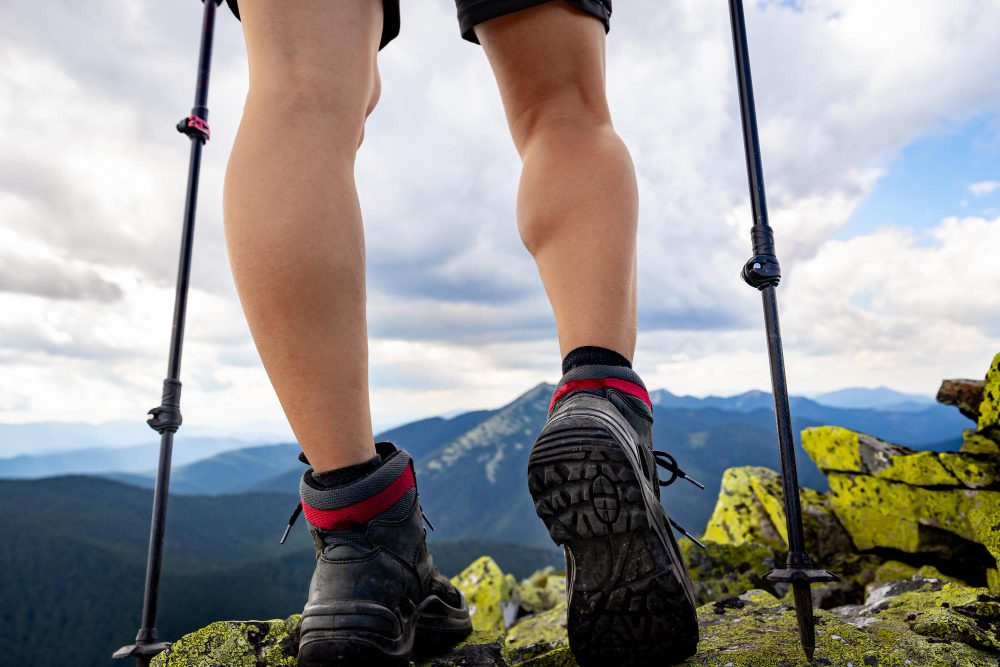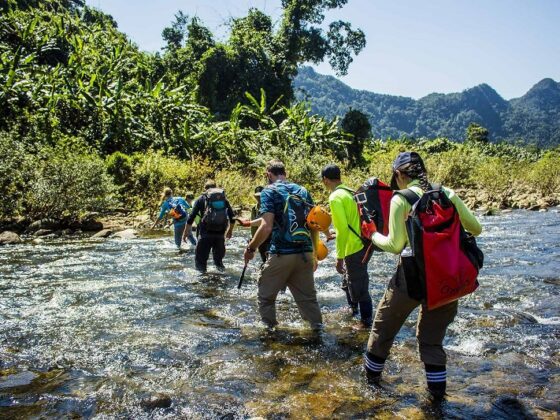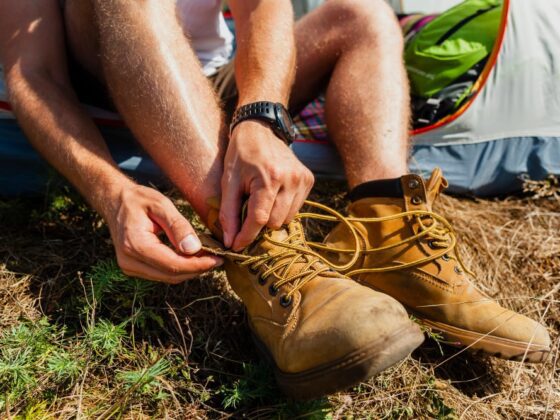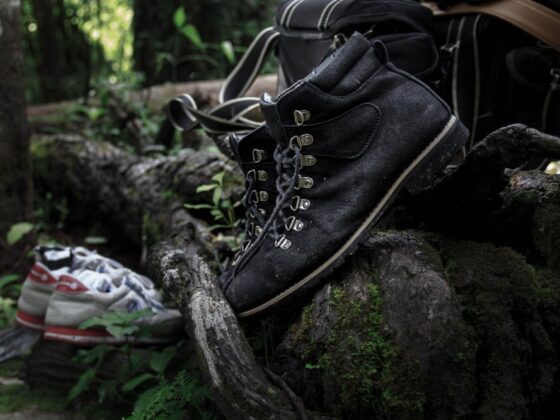Table of Contents Show
✍️ AI is summarizing:
If you’re hitting the trails but frequently find yourself plagued with sore legs and wobbling knees, it’s time to rethink your gear. Trekking poles are often overlooked or underutilized by hikers, and many don’t realize just how transformative they can be for your hiking experience. If you’ve been hesitant to learn how to use trekking poles, you’re not alone. Many hikers, even seasoned ones, tend to underestimate their benefits.
Trekking poles can be game-changers, especially on challenging terrains, yet the key is knowing how to use trekking poles effectively. From providing stability during steep climbs to alleviating stress on your joints, these tools are essential companions on the trail. Here’s everything you need to know for making the most out of your trekking poles.
Related post:
- Unleash the Trekking Pole Benefits: Improve Your Trail Runs
- Trekking in Vietnam: Adventure Trails in Natural Vietnam
- Should You Size Up? Finding the Best Fit for Hiking Boots and Happy Trails
How to use trekking poles at the right time
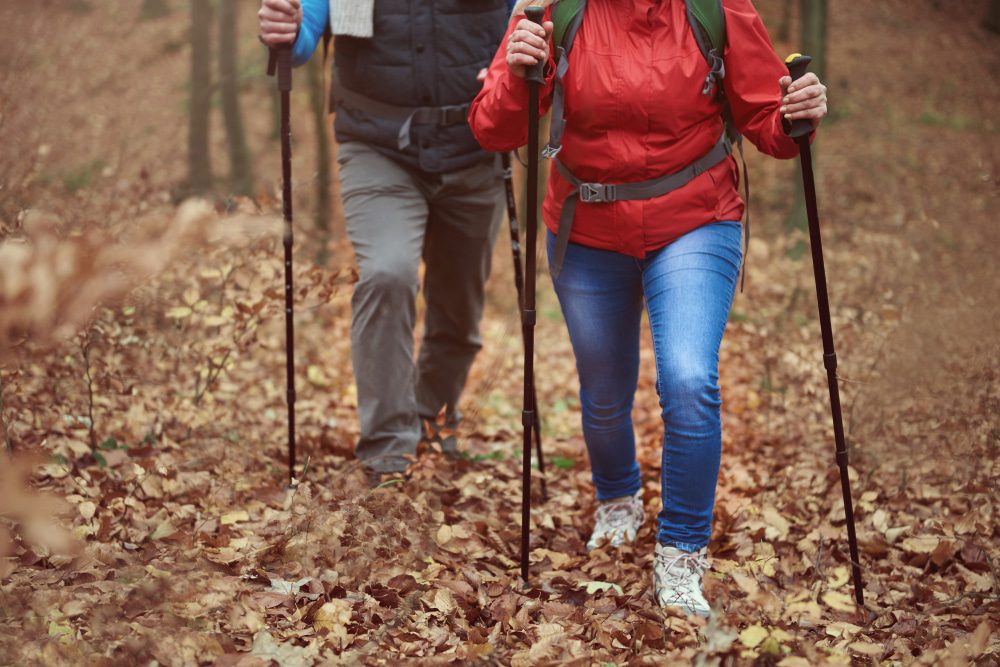
Knowing how to use trekking poles at the right moment is crucial. On flat, stable ground, you might not need them, but as soon as the trail turns uphill, downhill, or uneven, poles can make a significant difference. By shifting about 20% of your weight from your legs to your arms, you reduce the impact on your knees and joints, allowing for a more comfortable hike. Moreover, trekking poles offer vital support during river crossings and can even double as a makeshift massage tool for sore calves.
How to use trekking poles with proper height adjustment
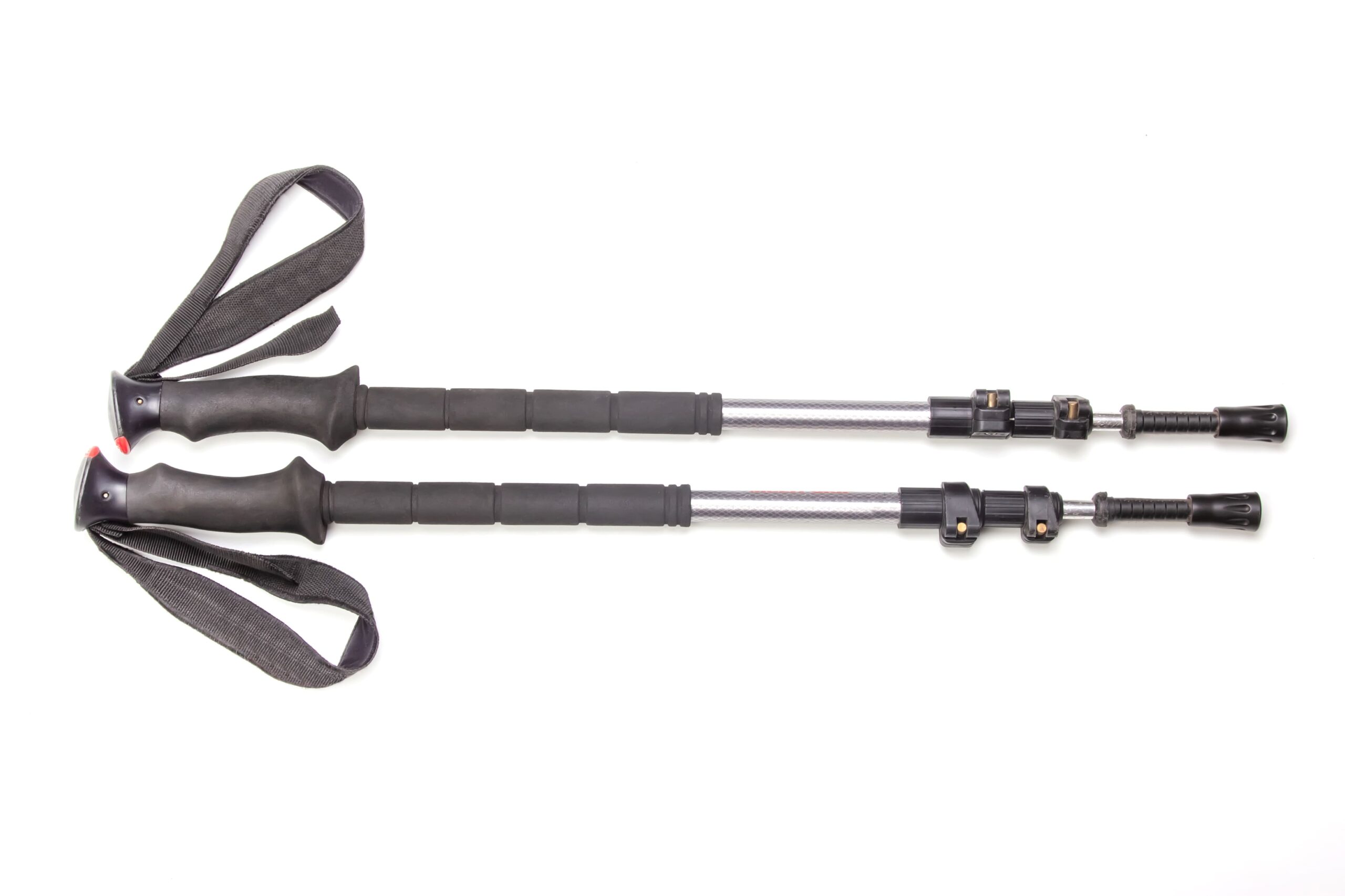
There are two main types of trekking poles: fixed height and adjustable. Fixed-height poles are lighter and usually cheaper, making them a reasonable choice for casual hikers who don’t plan to tackle steep paths. When using fixed poles, your elbow should form a 90-degree angle when standing upright—a good rule of thumb is that the top of the pole should be 15 to 20 centimeters above your elbow.
If you opt for adjustable poles, knowing how to use trekking poles based on terrain changes is key. Keep elbows at a right angle on flat terrain. For uphill climbs, shorten your poles by about 5 to 10 centimeters. For downhill descents, lengthen them by the same amount to maintain balance and prevent strain.
How to use trekking poles with the right grip and strap
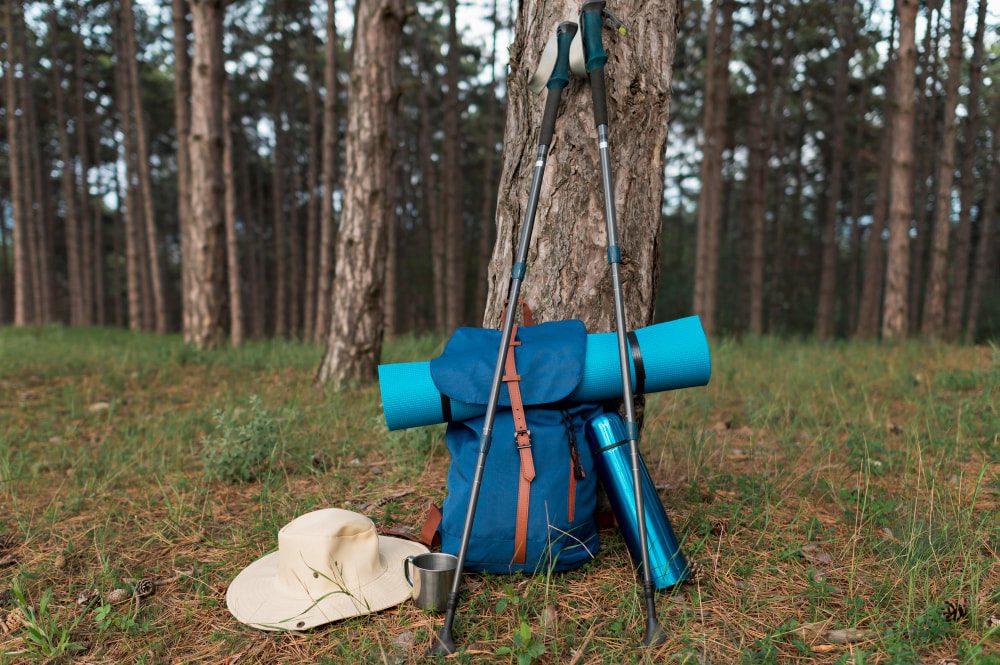
Using the wrist strap correctly is essential for an efficient grip. First, make sure you’re using the right pole for each hand (check for any labels). To grip the pole correctly, slide your hand through the bottom of the strap, then grip the pole underneath your palm. This prevents over-gripping and allows you to transfer weight properly into the pole. Learning how to use trekking poles with the correct grip makes a big difference in energy conservation.
How to use trekking poles with terrain-specific tips
Most trekking poles come with interchangeable tips suited for various terrains. Rubber tips are perfect for hard surfaces, while metal tips provide traction on rocky or icy trails. Be cautious with hard tips, as they can damage some surfaces. Additionally, remember to attach baskets—removable plastic discs above the tips—to prevent sinking too deep into soft or muddy ground. Knowing how to use trekking poles with the right tip ensures better performance and trail preservation.
How to use trekking poles with rhythm and efficiency
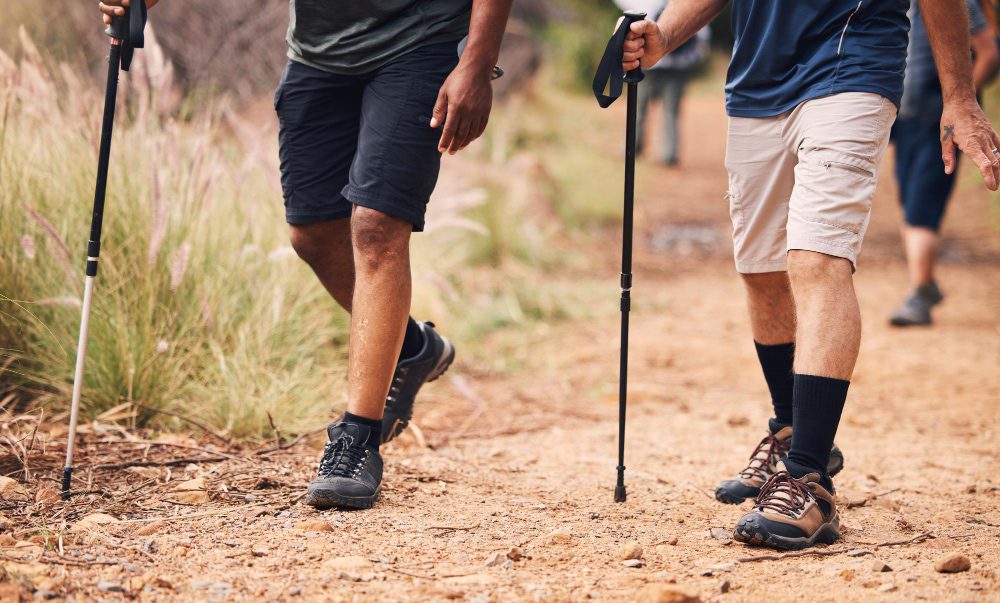
When you start hiking with poles, aim for a natural rhythm. As your left leg moves, your right pole should plant into the ground, and vice versa. Maintaining this rhythm distributes your weight evenly and enhances balance. In steep sections, consider planting both poles simultaneously for additional stability.
Trekking poles can also be useful for clearing paths or testing depth in water or snow. Once you’ve mastered how to use trekking poles, they become versatile tools that elevate your hiking experience, allowing you to explore more confidently and comfortably.
Conclusion
By mastering how to use trekking poles, you can hike longer, safer, and more comfortably—no matter the terrain. With the right technique, height, grip, and rhythm, your trekking poles will feel like natural extensions of your body. So grab your poles, hit the trail, and enjoy the outdoors with stability, strength, and a whole new sense of freedom. Follow ExoTrails on Facebook for your daily dose of travel inspiration and tips.

